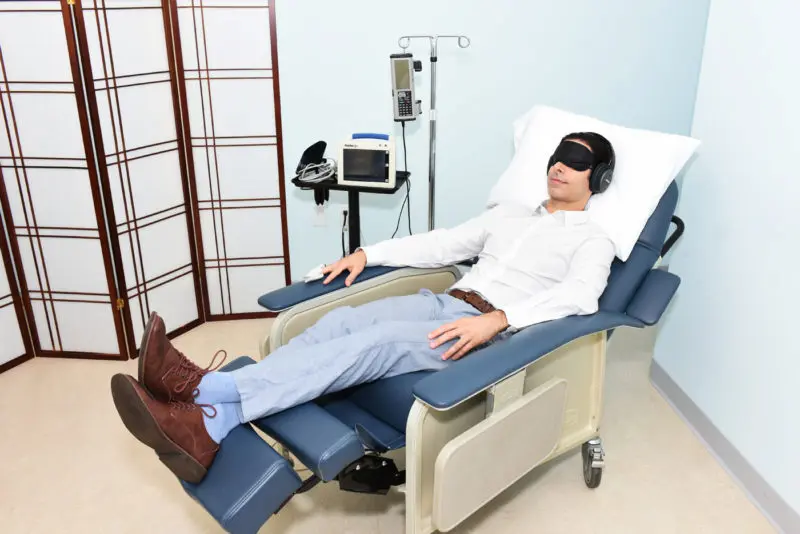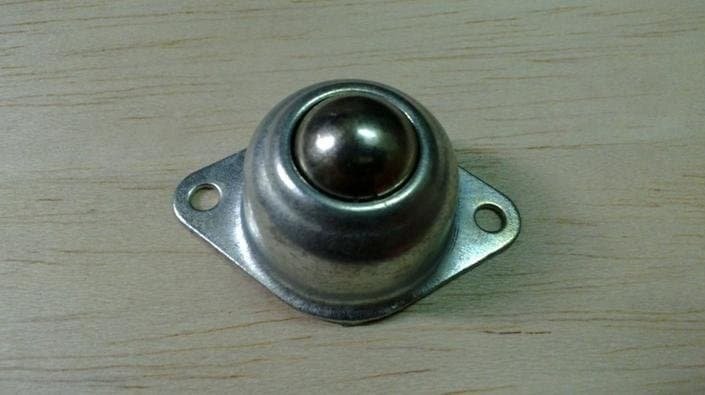The pelvic floor muscles provide physical support for the bladder, rectum, and uterus. They also provide stability and maintain sexual function. Unfortunately, obesity, age, pregnancy, and traumatic issues can cause pelvic floor dysfunction. And the dysfunction is present with constipation, urine or stool incontinence, and the need to pee frequently.
Because pelvic floor dysfunction affects the quality of life, it is essential to seek therapy. Although discussing pelvic floor dysfunction symptoms may seem embarrassing, the condition is more common than you think.
Fortunately, physiotherapy in Barrie, ON, seeks to make women comfortable discussing their symptoms and have access to quality treatment. Read on to learn more about pelvic floor physiotherapy and its benefits to women.
Table of Contents
What is Pelvic Floor Physiotherapy?
Pelvic floor physiotherapy at Concept of Movement physiotherapy is a specialized treatment that treats pelvic floor dysfunction. This dysfunction occurs when the pelvic floor muscles lose their strength, making it difficult to relax and contract them.
Pelvic floor health is critical to the overall well-being of women. Otherwise, there will be problems with the bladder, bowel, and reproductive organs. Pelvic floor physiotherapy treats disorders and restores function.
Why is Pelvic Floor Physiotherapy Necessary for Women?
Pelvic floor physiotherapy is excellent for women in the following ways;
Diagnosing Pelvic Floor Dysfunction
Physiotherapists can use pelvic floor therapy techniques to diagnose issues with the bladder and bowels. Your physiotherapist can also diagnose pelvic pain, polycystic ovarian syndrome (PCOS), pelvic organ prolapse, and endometriosis.
Eliminating Pain During Intercourse
Pelvic floor physiotherapy can help reduce or even eliminate sexual pain. Physiotherapy techniques increase blood flow, release trapped muscles, and decrease pain sensitivity. Your physiotherapist will also use treatment methods that balance, stretches, and relaxes the pelvic muscles.
Reducing Pelvic Pain
Stress, aging, and childbirth strain the connective tissues in the pelvic floor muscles, leading to disorders including pelvic pain. Pelvic pain can feel like a sudden, sharp, or stabbing pain that happens slowly but does not disappear. Pelvic floor physiotherapy uses techniques that can restore the strength and endurance of the muscles, alleviating pain.
Stopping Further Pelvic Organ Prolapse
Pelvic organ prolapse occurs when the pelvic organs move downwards and bulge through the vaginal wall. Childbirth, improper lifting techniques, and chronic bowel straining may cause pelvic organ prolapse.
Physiotherapy can provide long-term relief for pelvic organ prolapse by strengthening the core muscles and preventing further prolapse. However, it is essential to note that physiotherapy is only suitable for minor to moderate pelvic organ prolapse. Surgery may be needed for severe prolapse. Nevertheless, physiotherapy before and after the surgery is best.
Pelvic Floor Physiotherapy Treatments
Physiotherapists use different treatment techniques to restore pelvic floor function. These treatments relieve pain during sexual intercourse and help women control their bladder better. Pelvic floor therapy techniques include;
Exercises
Pelvic floor exercises strengthen the pelvic floor muscles, helping you contract and relax them. These exercises are usually contraction and strengthening, including kegels, squats, and bridges. Usually, your physiotherapist will recommend the best exercises for you and give you instructions on how to carry them out.
Biofeedback
Pelvic floor exercises may not provide the required results, especially if you do not target the right muscles. With biofeedback, you can get real-time information to know if you exercise the right muscles. Usually, the information is displayed on a computer screen, or the device makes a sound to let you know you are targeting the right muscles.
Electrical Stimulation
This technique helps to reduce muscle spasms and pelvic pain. Electrical stimulation of the pelvic floor muscles is especially suitable for women experiencing urinary incontinence, frequency, or urgency. Your physiotherapist will use low-grade electrical current to stimulate the muscles. This stimulation causes the pelvic floor muscles to contract as if you were doing kegels. The movement strengthens your muscles, improving your symptoms.
Trigger Point Therapy
Trigger points in the pelvic floor are usually a result of muscle overload following an acute or repetitive incident. These points result in pelvic pain and a decreased range of motion. Trigger point therapy targets trigger points. Your physiotherapist will apply pressure and stretch the tight muscles to ease tension and promote healing.
What Should You Expect During Pelvic Floor Physiotherapy?
During your first appointment, your physiotherapist will explain the treatment and answer all your questions. Your physiotherapist will not begin treatment until you are comfortable and ready to start. In addition, your physiotherapist will develop a treatment plan that suits your condition.
Your physiotherapist will use the techniques mentioned to improve your symptoms during treatment. You may also undergo an internal exam to help your physiotherapist ascertain your response to the treatment.
The duration of pelvic floor physiotherapy treatment varies depending on your diagnosis and the severity of the dysfunction.
Pelvic Floor Physiotherapy in Barrie, ON
Pelvic floor symptoms may be embarrassing to talk about for many women. But this doesn’t have to be the case with you. Our physiotherapists at Barrie pelvic therapy for women are always ready to listen to you and diagnose your symptoms. We will also prescribe treatments to improve your physical, mental, sexual, and social well-being.



































































































































































































































































































































































































































































































































































































































































































































































































































































































































































































































































































































































































































0